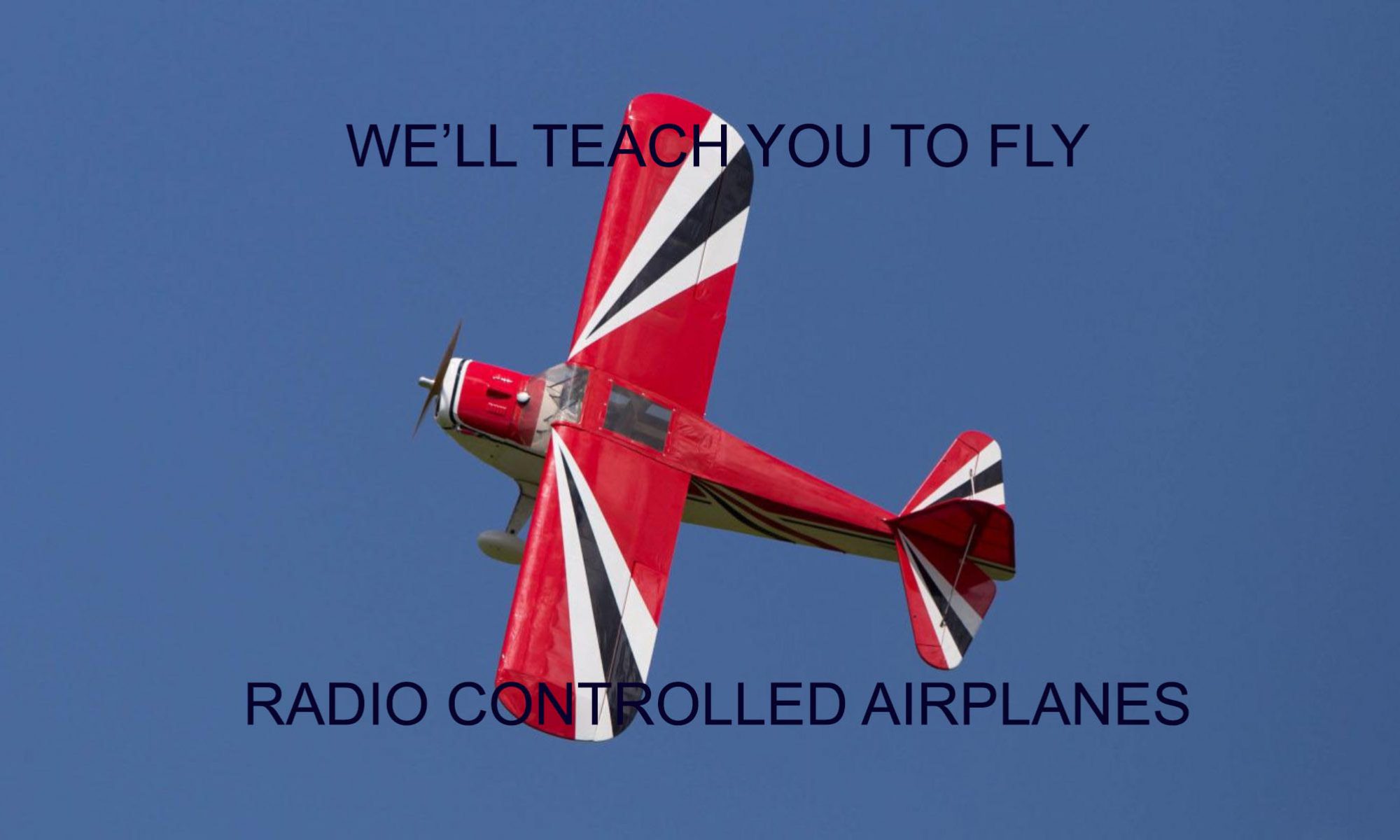FIELD AND SAFETY RULES
1.) General
a. All pilots and trainees must be AMA members
b. Flying is restricted to Club members, their guests, or visitors. Visitors are limited to three visits per calendar year when escorted by a club member. A non AMA member is limited to a total of three introductory flight sessions (within 60 days of first flight) with a Club Intro Flight Pilot Instructor
c. No one may fly any aircraft at the field unless they are certified to fly that classification of aircraft, or are under the direct supervision of a club instructor
d. All members and guests must sign in the log book
e. All members must display their membership identification while at the field
f. The last member to leave the field must secure the shed and gate g. Failure to observe the FIELD AND SAFETY RULES may result in the loss of flying privileges per guidance contained within the Thundervolts RC Club bylaws
2.) Pilot Certification and Training
a. All solo pilots must be certified for the appropriate Classification of aircraft being flown. The Classifications are:
i. Helicopter
1. Glow fuel, electric and other rotorcraft
ii. Airplane
1. Glow fuel and electric
2. This classification also allows you to fly any aircraft in the Park Flyer class
iii. Park Flyer
1. Lightweight electric airplanes (foam etc) defined as a Park Flyer by the AMA
2. Small lightweight electric novelty aircraft such as quad copters
b. Special Endorsements‐ The following Special Endorsements are required to be granted by the Safety Officer after a review of safety and equipment protocols:
i. Gasoline Engine ‐For any aircraft with a gasoline engine
ii. Giant Scale -For any aircraft meeting the AMA definition of Giant Scale
c. The member’s Classification and any Special Endorsement will be indicated on the members Identification card
d. Club Instructors must be designated as such by the Flight Training Committee. All training shall be done with a buddy box
e. When appropriate, Instructors shall recommend to the Flight Training Committee that a Trainee be certified to fly solo in a specific Classification, i.e. Helicopter, Airplane, or Park Flyer
f. Solo pilot certification can only be granted with the approval of the Flight Training Committee Chair after discussion with the Flight Training Committee
g. The Flight Training Committee Chair has final authority to determine which Classification any aircraft falls into
3.) Field Rules
a. Flying is only permitted within the confines of the safe flying zone as defined on the official Club map located at the field. All flying shall be done at a minimum distance of 40 feet from the flight line (runway center line). “ 3D” type flying is only permissible when there are less than three aircraft in the air. When a third aircraft is introduced a set pattern of flying shall be followed.
b. Aircraft are not permitted to be set up, maintained or fueled in the picnic table area
c. All gasoline aircraft must have an either a remote electrical ignition cutoff, e.g. optical switch, servo operated electrical switch to kill ignition or a servo operated choke.
d. All flying must be done from the runway area. Pilots must perform all acts from a marked pilot station on the flight line and must remain behind the fence line
e. Engine starts (and restarts) must be made on the pit stands. In the event all stands are in use or the aircraft is too large for a stand the aircraft may be started from the ground immediately adjacent to a stand with the aircraft facing the runway
f. When running, aircraft must always be facing in a safe direction and never toward the spectator area
g. Before taxiing or placing an aircraft on the runway, the pilot must get permission from all pilots with aircraft in the air or on the runway. Vocal or hand signals may be used
h. The first turn after takeoff must be away from the pit and spectator area
i. A maximum of four(4) aircraft may be in the air at one time
j. All spectators must remain in the designated spectator area
k. At the completion of a flight aircraft shall be taxied parallel to the flight line prior to the engine being stopped. Aircraft shall not to be taxied into the pit area from the runway
l. When flying, pilots must always keep themselves between the spectator/pit area and their aircraft l. In the event a full scale aircraft enters the field airspace, all pilots must yield right of way
4.) Frequency Control – 72 MHz Radios Only
a. Channel clothespins must be attached to the transmitter and your AMA card placed into the slot before turning on the transmitter and flying
b. Transmitter antennas are not to be fully extended until the pilot enters the pilot station
c. Channel clothespin use is limited to 15 minutes when others are waiting to fly on the same frequency
d. In the event of any conflict, club members have priority over guests
5.) Noise Control
a. There shall be no running of Glow or Gasoline engines before 9 am
b. Mufflers or tuned pipes are required on all engines of size .09 or larger
c. Breaking in of engines in the pit area is prohibited. Breaking in or lengthy running of engines must be done at designated areas on the far ends of the flight line
d. The sound level of engines must be less than or equal to 93db at a distance of twenty five (25) feet downwind from the muffler side with the engine at full throttle under normal operating conditions
